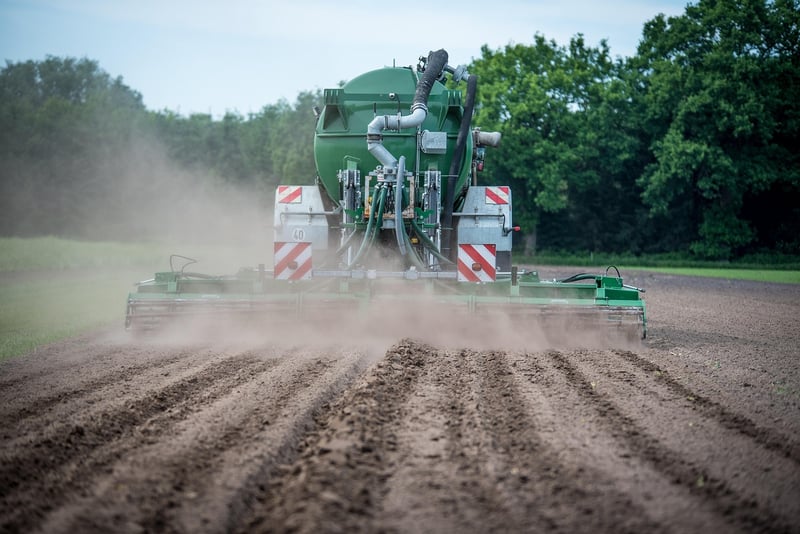Fertilization Methods
Nurturing Your Garden: Fertilization Methods
Whether you're a beginner or a seasoned gardener, understanding the importance of fertilization and knowing the various methods available can significantly impact the health and growth of your plants. By providing essential nutrients to your garden, you can ensure vibrant blooms, lush foliage, and bountiful harvests. Let's explore different fertilization methods to help you nurture your garden effectively.
1. Organic Fertilizers
Organic fertilizers are derived from natural sources such as compost, manure, bone meal, and seaweed. They improve soil structure, promote beneficial soil organisms, and release nutrients slowly, providing long-term benefits to your plants.

2. Inorganic Fertilizers
Inorganic fertilizers are synthetic products that provide nutrients in readily available forms. They are fast-acting and convenient to use, but overuse can lead to nutrient imbalances and harm beneficial soil organisms.

3. Slow-Release Fertilizers
Slow-release fertilizers provide nutrients gradually over an extended period. They are convenient for busy gardeners and help prevent nutrient leaching, ensuring a steady supply of nutrients for your plants.

4. Liquid Fertilizers
Liquid fertilizers are quick to apply and are absorbed rapidly by plants through their leaves and roots. They are ideal for providing a boost of nutrients to plants during the growing season.

Choosing the right fertilization method depends on your plants' needs, soil composition, and personal preferences. Remember to follow recommended application rates and schedules to avoid overfertilization, which can harm your plants. By nourishing your garden with the right nutrients, you'll enjoy a thriving and beautiful outdoor space all year round.
Happy gardening!
